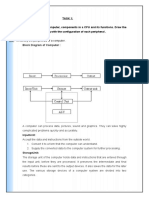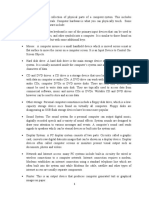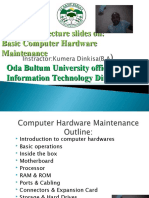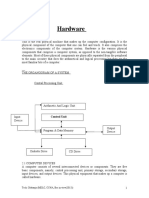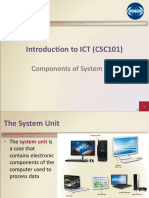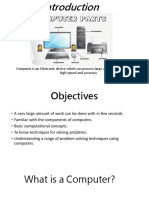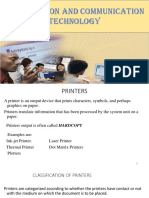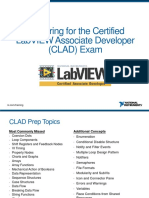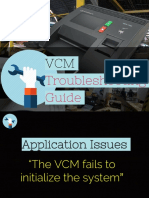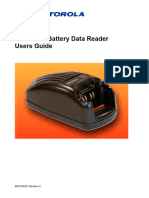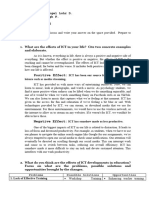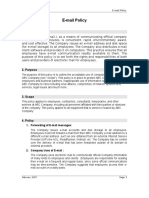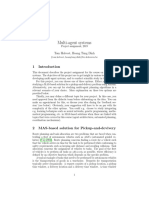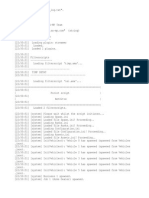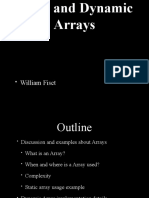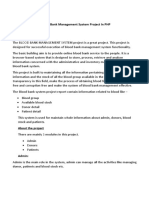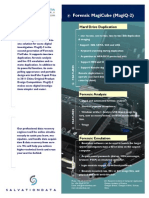0% found this document useful (0 votes)
10 views15 pagesL2. System Unit Components
Uploaded by
Prosper BalutiCopyright
© © All Rights Reserved
We take content rights seriously. If you suspect this is your content, claim it here.
Available Formats
Download as PPTX, PDF, TXT or read online on Scribd
0% found this document useful (0 votes)
10 views15 pagesL2. System Unit Components
Uploaded by
Prosper BalutiCopyright
© © All Rights Reserved
We take content rights seriously. If you suspect this is your content, claim it here.
Available Formats
Download as PPTX, PDF, TXT or read online on Scribd
/ 15









